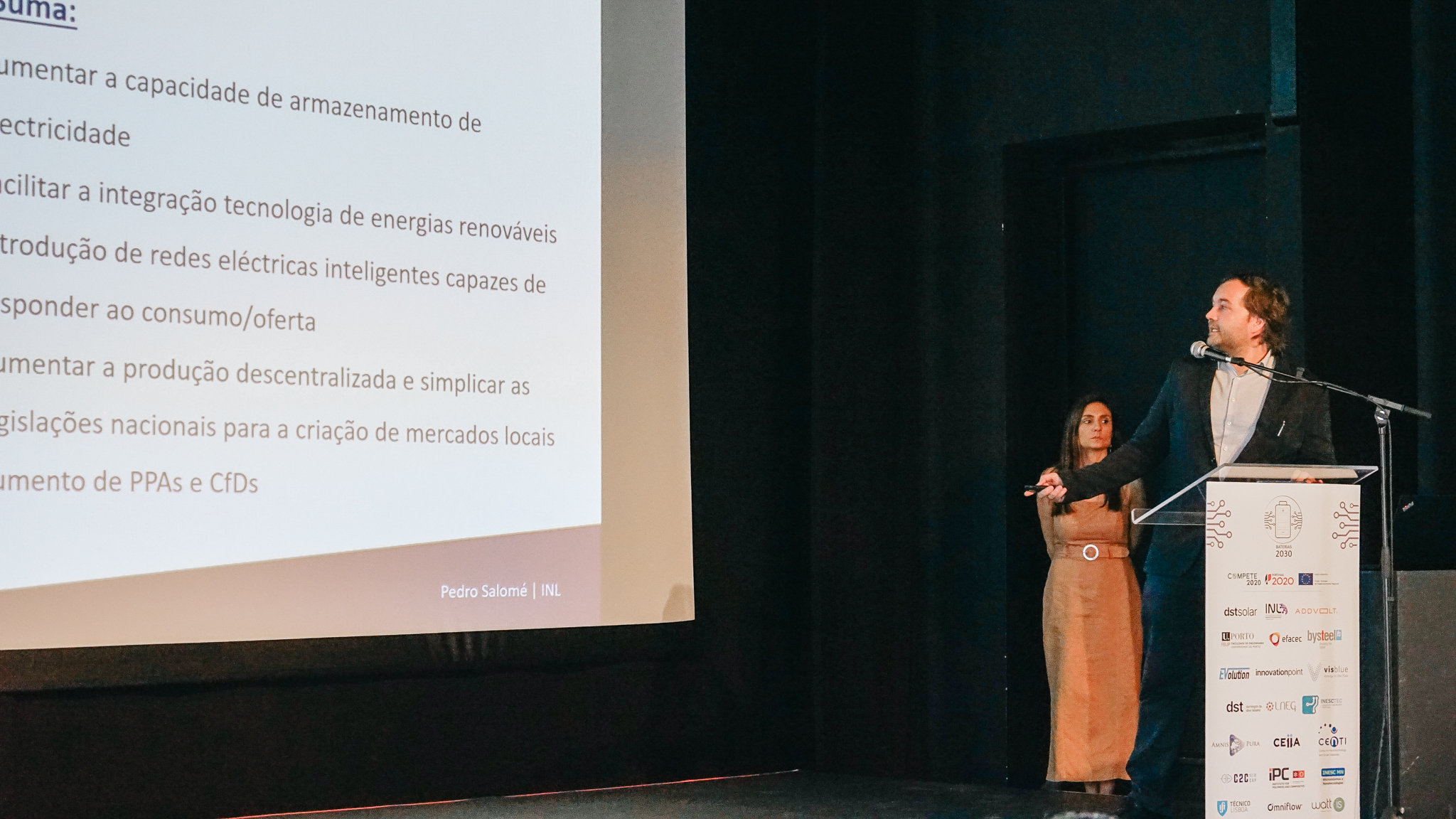
INL research makes the frontispiece of Solar RRL
April 19, 2021
The recently published article “High‐Performance and Industrially Viable Nanostructured SiOx Layers for Interface Passivation in Thin Film Solar Cells” led by the Nanofabrication for Optoelectronic Applications (NOA) research group was selected as the frontispiece for the journal Solar RRL in the issue of March 2021.
Solar RRL published by Wiley is according to the Incites Journal Citation Reports from Clarivate, a top 15 journal in the Energy and Fuels category. Besides researchers from INL, the work gathers researchers from Belgium (imec, EnergyVille, and Université Catholique de Louvain), Sweden (Uppsala University), and also Portuguese institutions (ISEP, University of Aveiro, University of Coimbra, and Nova University) demonstrating the high capacity that INL has to bridge national and European researchers.
José Miguel Cunha, a PhD student at INL and the first author of this study, summarizes the results: “a laboratory nanofabrication technique is compared with an industrial friendly technique revealing that the developed technology allows the industrial upscaling of the nanofabrication of large-area high performing substrates”.
Jennifer Teixeira, a researcher in the INL NOA group, mentions that “besides the detailed nanofabrication process, the paper also presents several characterization and simulation results that demonstrate that the large area nanofabrication process based in optical lithography is similar to the laboratory one based in electron beam lithography”.
Pedro Salomé, NOA group leader, highlights that “the findings in this paper demonstrate that the technology that the group has been developing in the last years is now reaching a high technology readiness level” (TRL). Pedro Salomé also mentions that “this technology can be used to significantly lower the production cost and the environmental impact of the next-generation solar cells, the so-called thin-film solar cells”. The developed high-performing substrates allow for the reduction in the solar cell material usage while at the same time allowing for higher performance. This work has been developed over the past years with support from several FCT projects – NovaCell, NaFISC, InovSolarCells, and an H2020 project (ARCIGS-M) and its topic is already the motivation of two patents submitted to the European Patent office.



